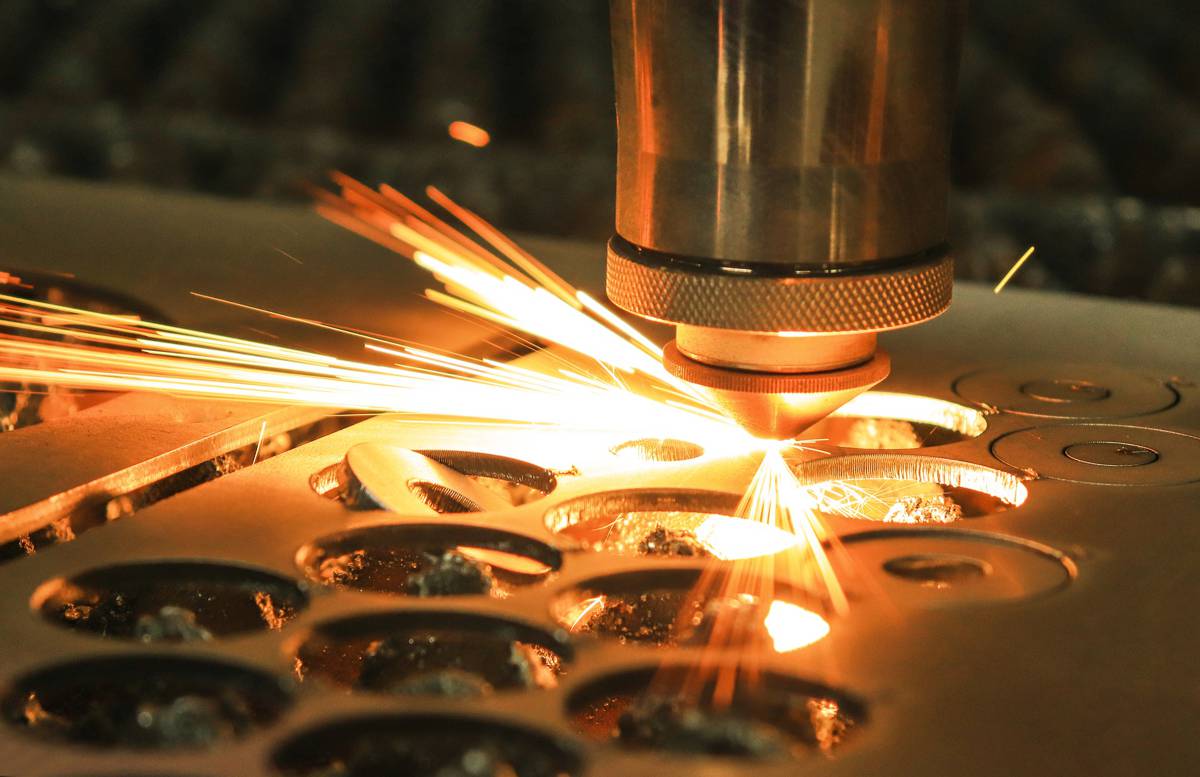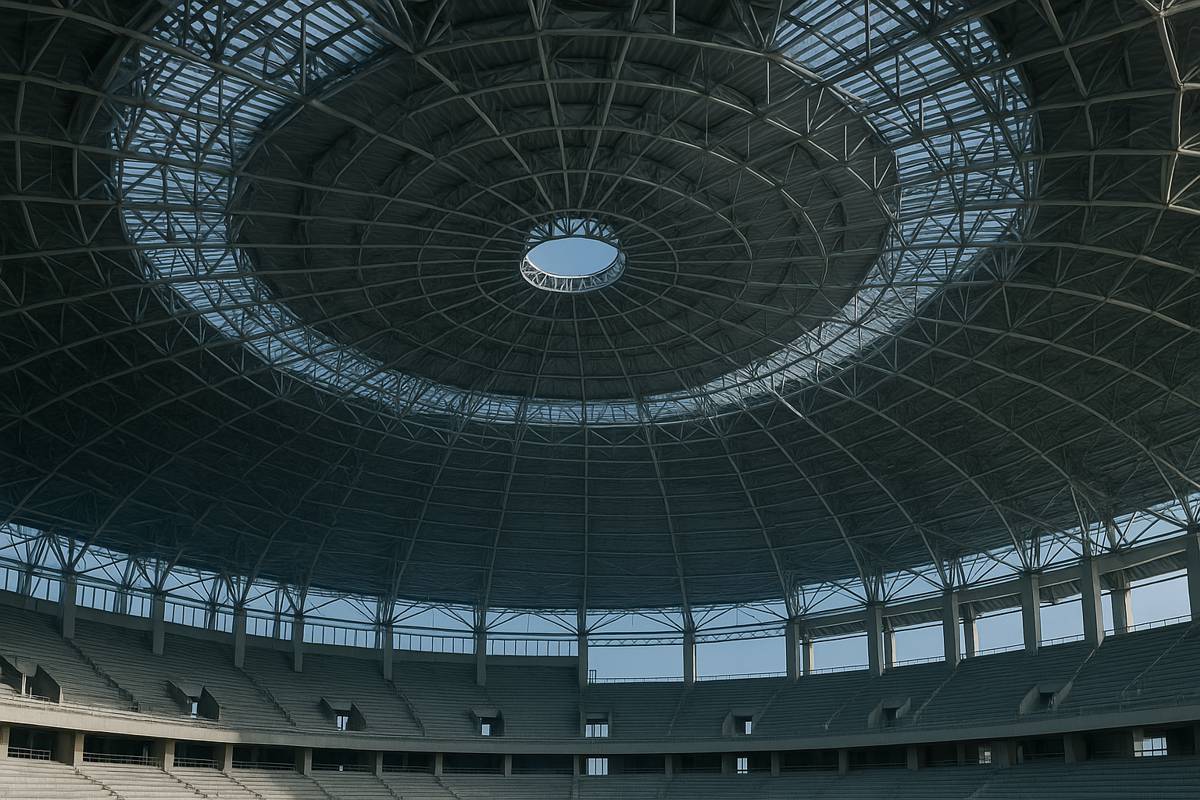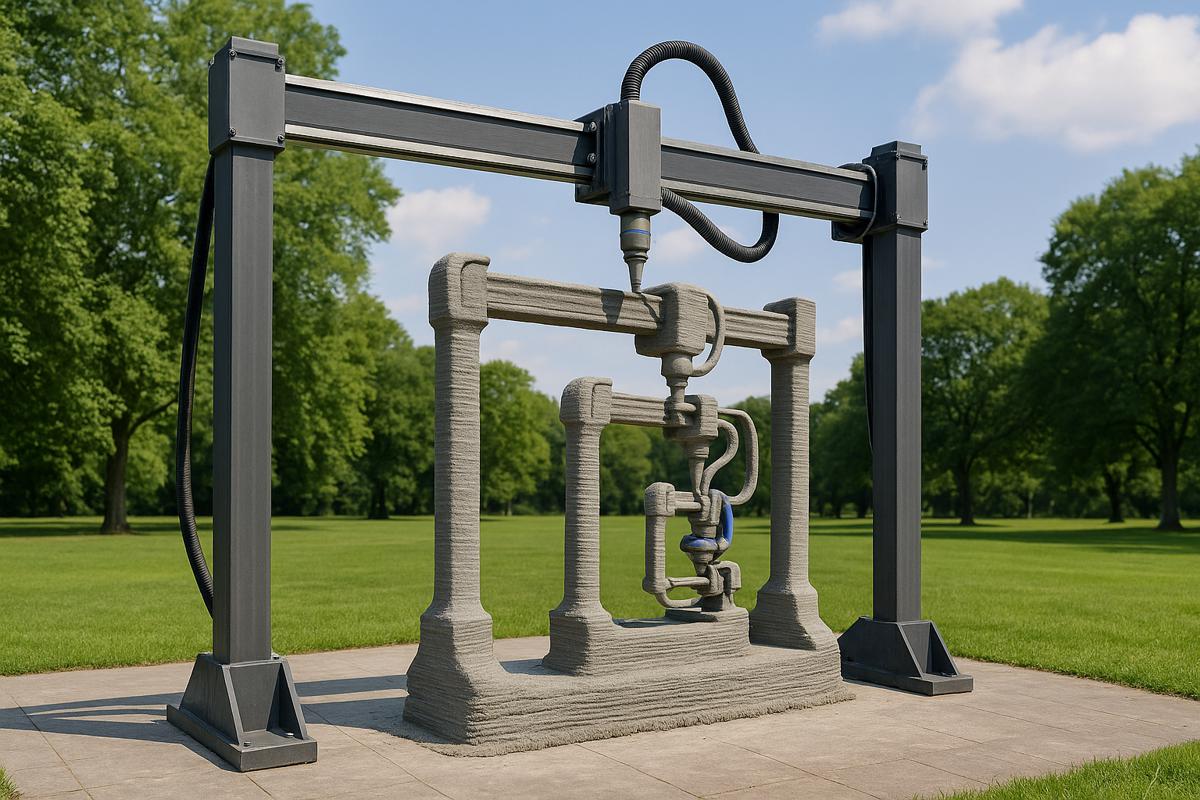Laser Cladding enables coatings, repairs and assisted manufacturing
How to make the surface of a turbine blade wear resistant? How to repair a torn gear wheel? How to extend the life of an oil drill? How do you add complex shapes to a part? Many possible applications for one process – laser cladding. And it sounds more complicated than it actually is.
Laser cladding has many applications. The coating of highly stressed machine parts, such as turbine blades, has already been proven in industry for years. They are subject to very high mechanical demands, such as high operating temperatures or corrosive atmospheres, combined with vibrations and tensile stresses in the radial direction. A small defect on the blade body can destroy the entire turbine. This would not only be costly, but also dangerous and would cripple the process for a long time.
The blades are made of special high-strength alloys. Additional protection against wear and corrosion is provided by a high-tech surface treatment. Laser cladding is used to apply an adherent metal coating to a complex surface such as a turbine blade. Laser cladding is also known as Laser Metal Deposition (LMD).
How does the LMD process work?
A nozzle projects a fine metal powder onto the base body to be welded. The laser beam emerges from the center of the nozzle. This melts both the base body and the powder, so that they are firmly joined. The laser and the powder application head are CNC-controlled, for example in the form of a gantry or via a robotic arm.
What are the applications for the LMD process?
There are three areas of application: coating, repair and assisted manufacturing. Surface coatings are used to protect against wear and corrosion, as is important for turbine blades. The service life of these high-quality coatings sometimes even exceeds the durability of galvanic coatings. Coating with LMD is common in many industries, such as hydroelectric power plants, thermal power plants, pumps and compressors, high-temperature components in aviation, space and navigation, power generation (electricity, oil and gas) and the chemical and pharmaceutical industry.
If multiple layers are welded together, the process can be used for repair and assisted manufacturing. This form of assisted manufacturing (AM) is suitable for less complex prototypes and one-off fabrications.
What advantages does the LMD offer?
The laser-based process is easily adaptable to different fields of application. It offers great design freedom. And since there is no need for a limiting construction chamber as with 3D printing, it is also possible to machine large parts. The process can be integrated into existing process chains at low cost. This makes it particularly attractive for small and medium-sized companies.
Lasers are a big investment with a big ROI – are they really?
Supplementing production or developing a new area of production involves high costs if you are investing in new machine installations. Used machines are an interesting alternative. At the used machine portal surplex.com, a high-quality, expertly tested laser cladding system can currently be purchased via auction.
The offer includes a complete cell of modular design, including an oven for further processing. It includes, among other things, a high-power diode laser with cladding head and powder transport, a work area with rotating and swivelling table as well as a protective cabin, control system and curing oven.
Surplex is Europe’s largest industrial auction house and trades used machinery and equipment worldwide. With more than 500 online auctions per year, well over 55,000 lots change hands.




















